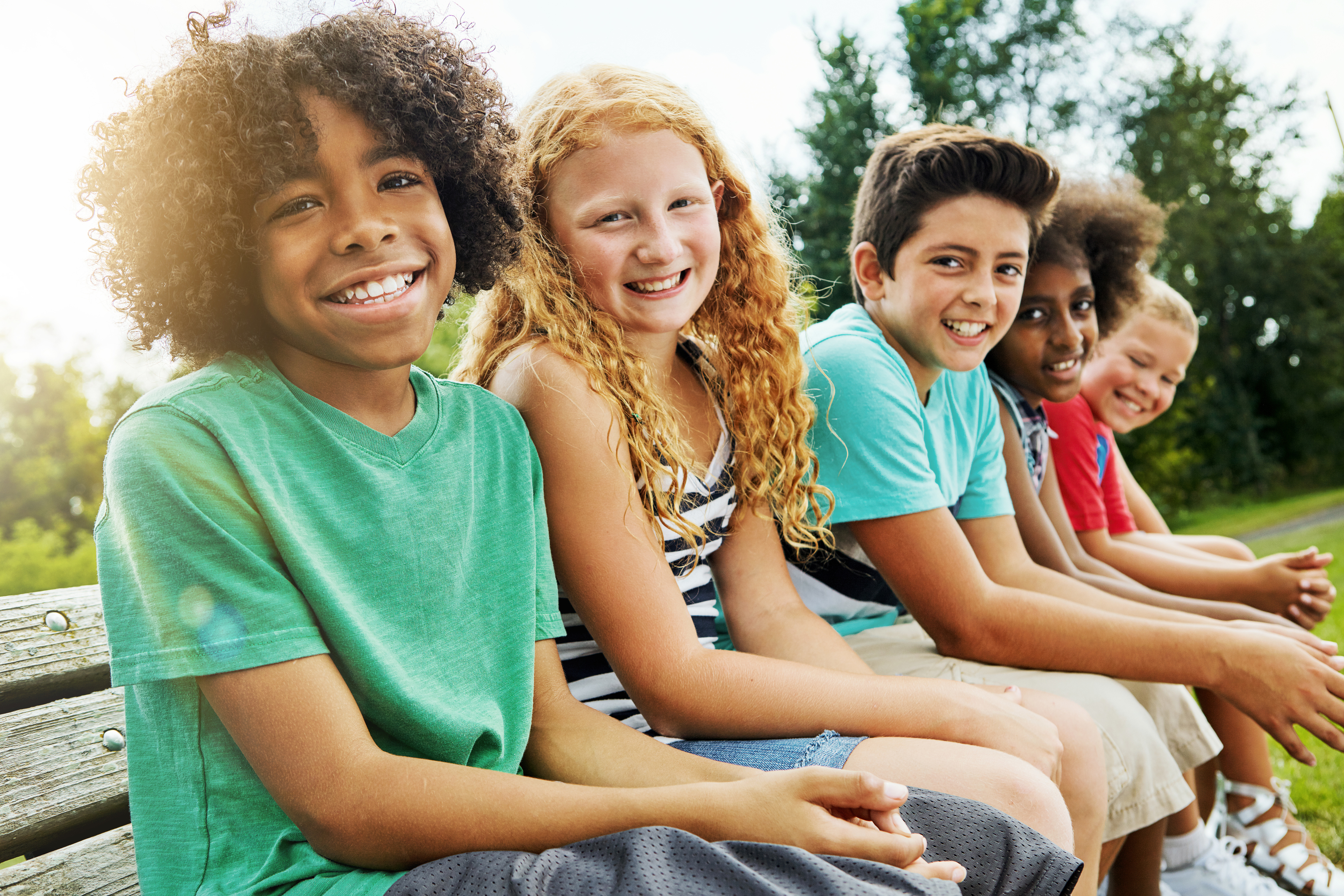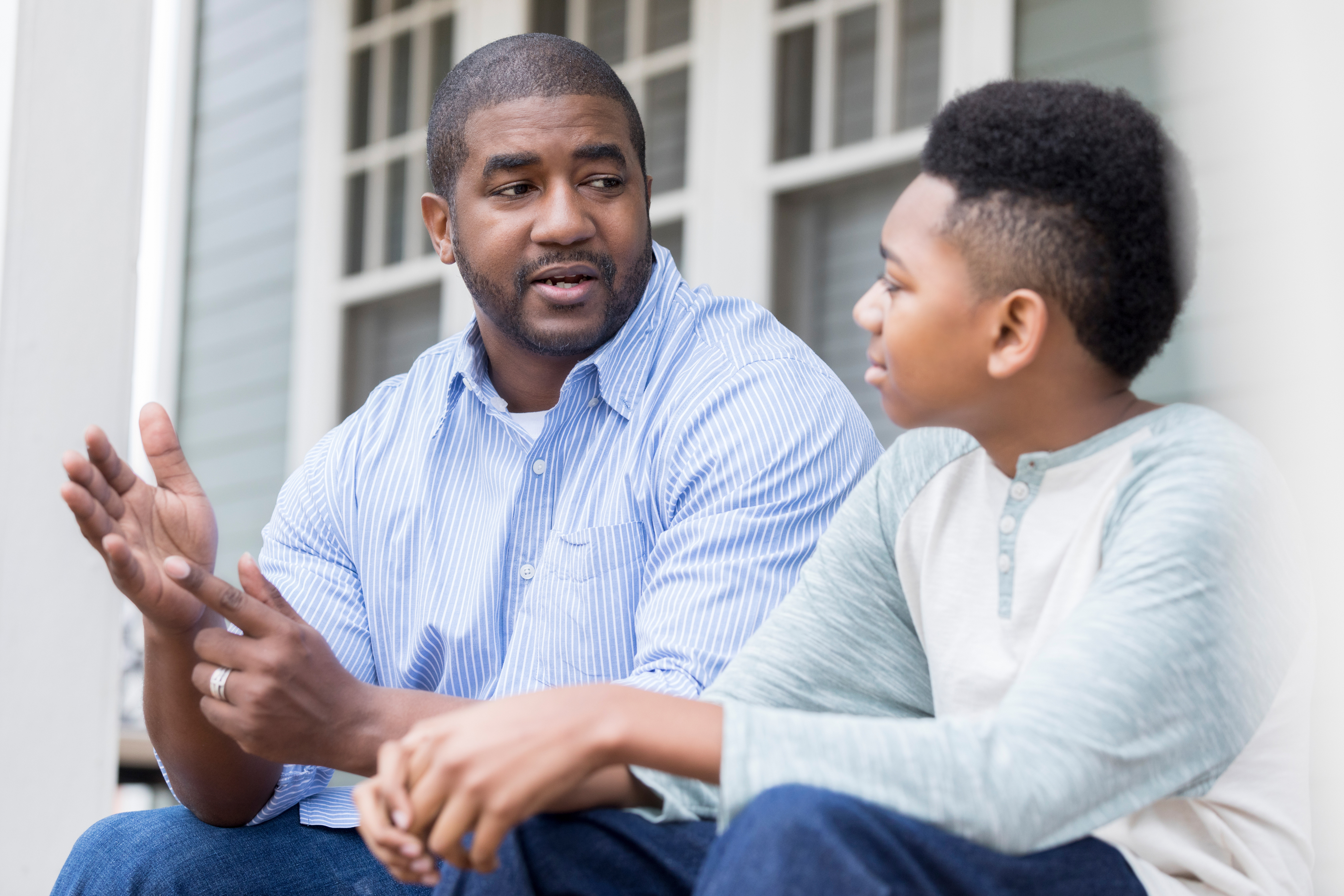Kids grow up fast. And it seems like they grow up a little faster once they hit a certain age: puberty. Everybody goes through it. But it can still be hard to talk about these body changes.
We’re sharing what you and your children need to know about the changes happening to their bodies at this age.
What happens during puberty?
During adolescence, kids’ bodies start to change and new hormones surge. This can be a scary or confusing experience. While most parents are already familiar with some of the telltale signs of puberty—new hair growth, body odor, lower voices, breast growth and menstruation—it can be hard for adults to remember everything kids go through in adolescence.
Early signs of puberty
Body odor
The first thing parents might notice when their child starts puberty is body odor. Help your child pick out a deodorant or anti-perspirant that they like. You may also need to help them get in the habit of showering daily and after sports.
Hair growth
In both boys and girls, puberty will bring on new hair growth. During their late adolescent- or early-teenage-years, kids will notice that they are starting to grow pubic hair and underarm hair. This generally happens earlier in girls than in boys, but every child develops at their own rate.

Acne
Acne is also common during puberty. Puberty hormones cause the glands in the skin to produce extra sebum, a natural oil that can clog pores. Washing gently with water and mild soap can help reduce breakouts. If this doesn’t work, over-the-counter and prescription medications might help. Your pediatrician can recommend a dermatologist if the basic skin care or over-the-counter medications do not work.
How is puberty different for girls?
For girls, puberty usually starts between ages 8 and 13. Typically, the first sign of puberty is breast development, but it can also be the growth of pubic hair.
After these first signs of puberty, girls will often go through a growth spurt. But unlike boys, girls grow more than just upward. Girls will start to gain weight, especially around their breasts, hips and thighs, which is all part of typical development.
Female puberty all leads up to one big event: Menstruation. The arrival of her first period depends on when a girl started puberty, but generally will happen between age 9-16.
How is puberty different for boys?
Puberty starts a little later for boys. On average, boys start puberty 1-2 years later than girls. The first sign of puberty isn’t something that will be noticeable to parents. Boys will notice an enlargement of the testicles and the beginnings of pubic hair growth. This is followed by a growth spurt, which typically happens between ages 10-16. His arms, legs, hands and feet will likely grow faster than the rest of his body, which may take some getting used to. But eventually, the rest of his body will catch up as his shoulders broaden and he gains weight and muscle.
An early sign of puberty that parents will notice in boys is voice cracking. This just a sign that his voice is changing and will become deeper with time. If your child is embarrassed about this, reassure him that it’s only temporary, and his peers will go through it too.

When kids have questions about puberty
Kids entering puberty often feel insecure about their appearance and the changes happening to their bodies. It’s important for parents to be reassuring, and remind them that everyone goes through these changes. They are an important part of growing up after all!
Unsurprisingly, kids will have a lot of questions about puberty, even though they might not want to talk about it. You should give your child the time and opportunity to talk about the changes that are happening to their body, and answer all of their questions as honestly and thoroughly as you can. If you child has questions that you can’t answer, their pediatrician will be able to help at their next well-child visit.
But sometimes a child’s discomfort with puberty and their developing body can be extreme, this is especially true if your child is transgender or gender non-conforming. The Gender Health program at Children’s Minnesota may be able to help transgender and gender non-conforming youth and their families during this time.
Primary care at Children’s Minnesota
For the doctors and nurses at Children’s Minnesota primary care clinics, it’s a privilege to help our patients grow into healthy adults.
While children are our patients, parents are our partners. The pediatricians at our 12 primary care clinics involve parents in the decision-making process every step of the way. Because only you can decide what’s best for your child. And when kids are old enough, we involve them, too, so they can get a head start on making smart choices about their health.